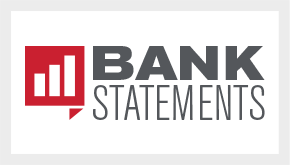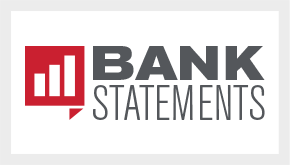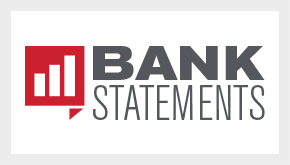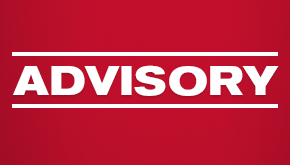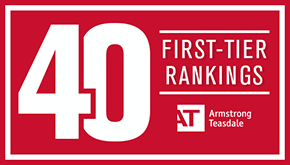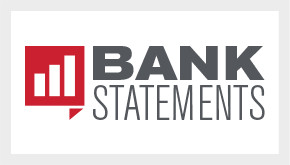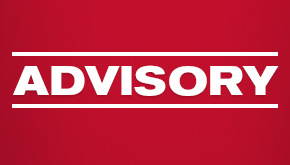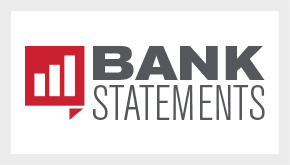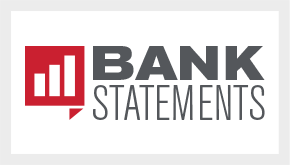Planning for the Improbable: Tools to Protect Uninsured Bank Deposit Funds
“There's only two things you can start without a plan: a riot and a family. For everything else, you need a plan,” said late American humorist Groucho Marx.
Maybe bank runs could be added to that list of unplannable events.
However, a plan is exactly what many banks are offering nervous customers looking for ways to protect their uninsured deposit funds in response to the unrest caused by the bank runs on Silicon Valley Bank and Signature Bank.
Although federal authorities instituted “systemic risk” powers to guarantee all deposits at Silicon Valley and Signature upon failure, those same authorities have indicated such guarantees will not be the norm for every bank failure and, of course, the size alone of most banks would not trigger “systemic risk” powers.1
Similarly, although JPMorgan Chase agreed to assume all deposits of First Republic Bank upon its recent failure, a May 2023 FDIC report illustrates that uninsured depositors can incur — and historically have incurred — losses when the buyer of a failed bank does not assume their deposits.2
Since these failures, bankers and their customers across the U.S. have been parsing through current options available to protect uninsured bank deposit funds — including the risks and costs involved.
- Account Ownership Titling Changes to Expand Insurance
With regard to personal and estate planning deposit accounts, FDIC rules allow account ownership to be structured in ways that can significantly expand the standard $250,000 coverage level by retitling those accounts in different “ownership categories.”3 Simply adding “payable-on-death” beneficiaries can multiply coverage, depending on the number of beneficiaries and other factors. These options usually have minimal to no cost involved. For a summary of these options, visit the “Resources” section at fdic.gov.4 - Repurchase Agreement Internal Sweeps
Many banks offer overnight “repurchase agreement sweep programs” in which uninsured deposit account funds can be automatically transferred at the end of each banking day from the deposit account and invested in U.S. treasury bonds (or other qualifying debt securities) sold by the depository bank to the customer. At the start of the next banking day, the bonds are automatically sold from the customer back to the bank, and the sale proceeds are transferred back into the customer’s deposit account for use that banking day. The process can repeat each banking day, so the customer has access to the funds before the sweep at the end of each day.
This option usually involves some cost to the customer and somewhat complicated legal documentation. Under FDIC rules, in the event of a bank failure, if the sweep arrangement has been “properly executed” and the customer has obtained legal ownership or a perfected security interest in the bonds, then the customer has legal rights to those bonds, and the funds invested in those bonds are not subject to loss as uninsured deposits.5 Business customers commonly use overnight repurchase agreements to protect uninsured funds in operating accounts.
FDIC has cautioned that some repurchase agreement documentation used by banks does not adequately convey legal ownership or a perfected security interest to the customer, which defeats the program’s entire purpose.6 Banks should take steps to ensure the legal documentation complies with FDIC rules. - External Multibank Deposit Sweep Programs
Another common tool to protect uninsured deposit funds involves an external sweep of funds from a deposit account at the customer’s primary bank into deposit accounts at a series of other banks linked together in a program. The amounts transferred to each “program bank” are normally limited to $250,000. Customers are usually allowed to instruct the program administrator not to transfer funds into deposits at certain program banks in which the customer already has deposit funds to avoid aggregation of all those funds, resulting in a deposit amount exceeding the FDIC insured amount.
These programs typically involve some cost to the customer. Unlike internal sweeps, external sweeps can involve risk that upon a bank failure, FDIC would not allow the external transfer of funds to the program banks if that transfer was set to occur later that same banking day.7 Such a prohibition would expose the un-swept funds to loss as uninsured deposits. The level of this risk would depend on various factors, including how often the sweeps occur, the amounts involved and the timing of the sweeps and FDIC closure of the bank. - Other External Sweeps
Many banks also offer other types of external sweeps of uninsured deposit funds in which uninsured funds are swept out of a bank deposit account and into another type of investment outside the bank, such as a money market mutual fund. These arrangements also usually involve some cost to the customer and the same type of risk previously explained that the FDIC would disallow an external sweep to occur after a bank failure earlier the same banking day.8
Potential Changes to Deposit Insurance System
A recent FDIC report presented various options to expand or revamp the current U.S. deposit insurance system, including insights about the positive aspects and negative fallout likely associated with each option.9 Banks and depositors should stay tuned to see if any such options are adopted into law and their potential impact.
In the meantime, although we won’t know when or how the next banking crisis will unfold, banks and their customers can do some planning within the current deposit insurance system to be ready for the impact.
- “Not all deposits at other banks are guaranteed, Yellen tells Congress,” American Banker, March 16, 2023.
- Options for Deposit Insurance Reform, Federal Deposit Insurance Corporation, May 1, 2023, pgs. 25-26.
- 12 CFR Part 330.
- The FDIC also provides an “electronic deposit insurance estimator” at https://edie.fdic.gov/calculator.html .
- See 12 CFR 360.8 and FDIC Financial Institution Letter 39-2009 (July 6, 2009).
- See FDIC Financial Institution Letter 9-2009 (Feb. 4, 2009).
- See 12 CFR 360.8; FDIC Financial Institution Letter 39-2009, Question No. 6, (July 6, 2009); and 74 Fed. Reg., 5800-5802 (Feb. 2, 2009).
- Id.
- Options for Deposit Insurance Reform, Federal Deposit Insurance Corporation, May 1, 2023.


